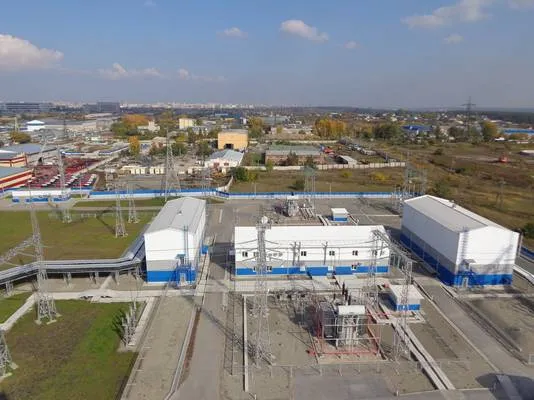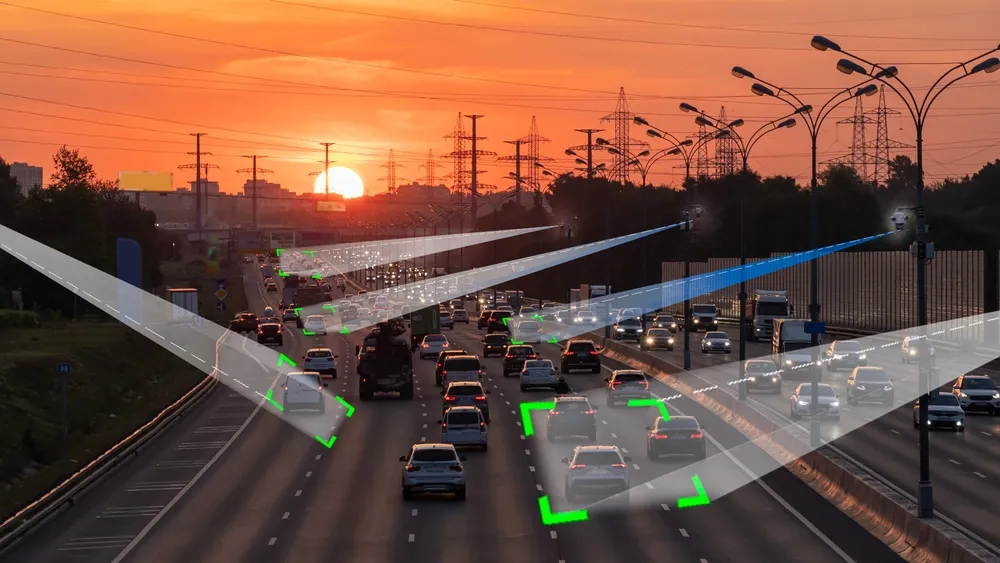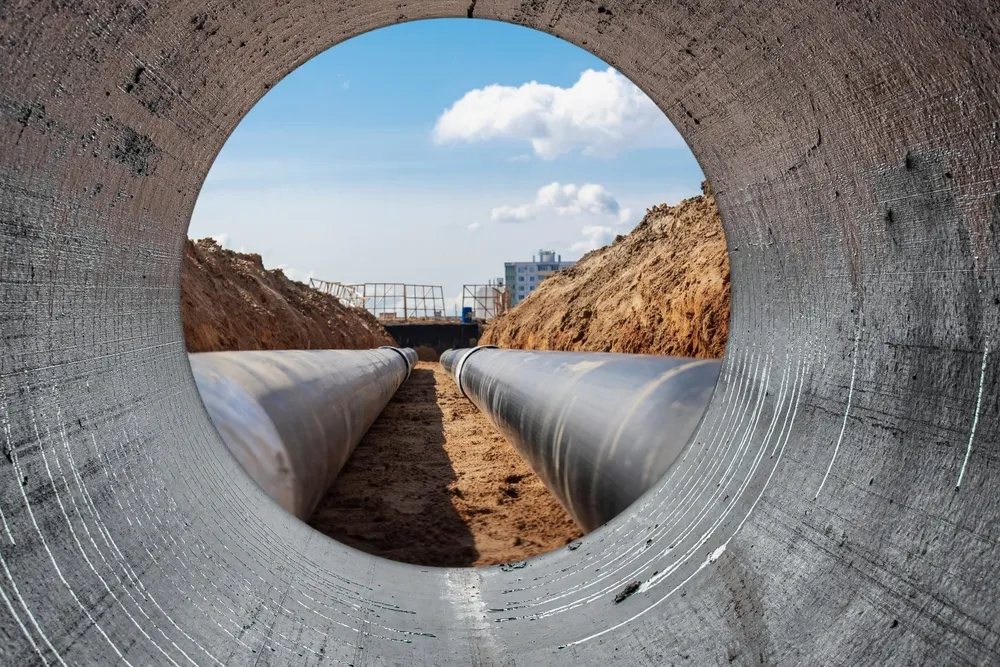Russia Deploys Digital System to Boost Power Grid Reliability
New monitoring technology increases grid capacity by 30 percent while cutting costs and reducing blackout risks.

A cutting-edge Russian technology designed to improve electricity reliability has gone live in the Altai region. The digital monitoring system now tracks the resilience reserves of a key section of the grid in real time, enabling operators to safely increase its throughput by 30 percent. Nationwide rollout is part of a broader program to digitally transform Russia’s energy sector.
According to the System Operator of the Unified Energy System, the “smart” monitoring tool is now operating at the critical “BBU-5” substation, which supplies power to Barnaul and major industrial facilities including Barnaultransmash and the Altai Tire Plant. Acting like a “digital dispatcher,” the system calculates in real time the maximum load the grid can withstand without risk of failure. This is especially vital during maintenance periods, when some equipment is offline. Beyond boosting reliability, the technology also delivers economic benefits by allowing cheaper electricity to be imported into power-deficient regions, easing the strain on local plants.
The system, developed by specialists at NTC UES, is already being successfully implemented across Siberia.









































